ABSTRACT
Developments in the field of health, together with the concept of patient safety, have brought up the impact of patient falls in terms of patients and institutions. It is seen that the hospitalization period of the patient is prolonged by 1-2 days, the radiological examinations affect the cost after the fall, harm the patient first and then the institution. This study was conducted as a cross-sectional and descriptive study to evaluate falls and fall prevention practices in a university hospital in Ankara. Data were collected from 43 patients who fell in a university hospital using the Hendrich Fall Risk Diagnosis Form, demographic-clinical characteristics form and event reporting form. The data were evaluated using the SPSS program. Falling patients; mean age was 59.70 ± 16.40 years, 55.8% (n= 24) were male, 53.5% (n= 23) were aged 65 and over, and 25.6% (n= 11) had CVD It was concluded that there were patients. It was determined that standard and protective safety measures were taken before the fall in all patients, and 79.1% (n= 34) were in the high-risk patient group. It was found that 69.8% (n= 30) of the patients fell due to loss of balance as a result of attempts to stand up on their own, 23.2% (n=10) fell due to vertigo and 7% (n= 3) due to syncope. As a result of the fall, it was determined that 30.7% (n= 4) of the patients had an incision, 15.4% (n= 2) had a fracture, 53.9% (n= 7) had redness and swelling. Although standard and protective measures were taken in hospitalized patients and there was no environmental problem, it was observed that more falls occurred in men, 65 years and older, and CVC patients.



